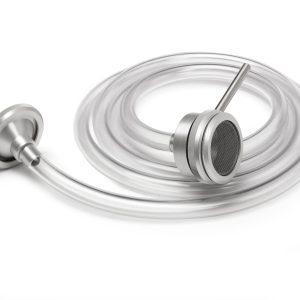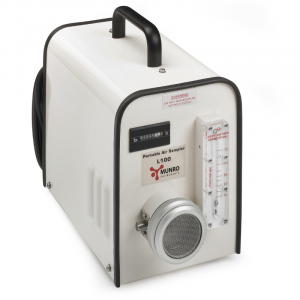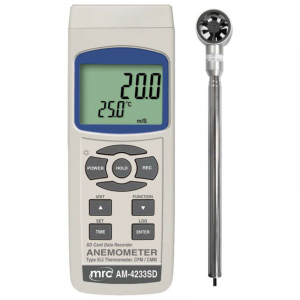Air quality refers to the condition and characteristics of the air surrounding us. Air quality has an impact on many aspects of our life on earth including health, well-being and climate change. There are a number of situations in which the immediate safety of nearby life depends on ensuring atmospheric gas concentrations do not exceed certain levels that could lead to explosion or poisoning.

METEOROLOGY
Why a Handheld Anemometer Matters
A handheld anemometer is a portable device that measures wind speed. Some models also check airflow, temperature, humidity, or even barometric pressure. People use handheld anemometers for outdoor sports, aviation,







